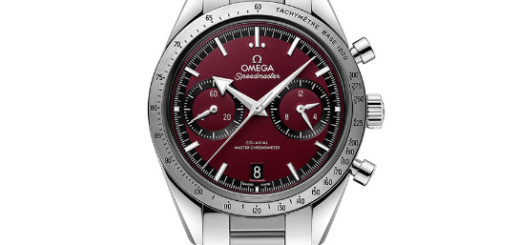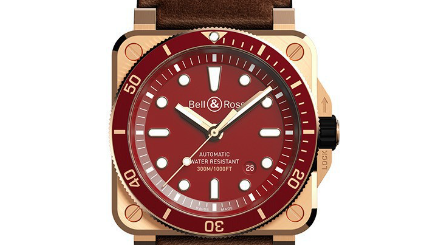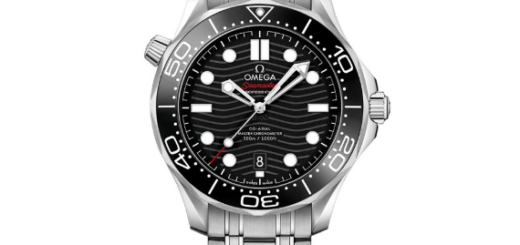The History of the Omega fake Speedmaster and the Journey to the Moon
Few fake watches can boast such a rich history as Omega’s Speedmaster Proffessional model. A watch that has stuck to its original design for almost 60 years. And that boasts the title of “the first watch worn on the moon”, today we will introduce it in more detail.
Beginning
The first watch of the Speedmaster series went on sale in 1957 (production only lasted until 1959) under the reference CK2915. Designed for professional sports, this chronograph features a stopwatch, minute and hour counters and a tachymeter. Omega keeps the third sub-dial as the second hand. The aforementioned tachymeter for calculating speed, originally Omega placed it on the bezel of the watch. And was therefore not part of the dial. fake watches uk
Speedmaster CK2915 is also called “Broad Arrow”. The reason for this nickname is the atypical shape of the hour and minute hands for further evolutions. Another difference compared to its successors is mainly the steel bezel with engraved numbers and the differently shaped stopwatch hand. The typical, black dial has survived in an almost unchanged form to the present day.
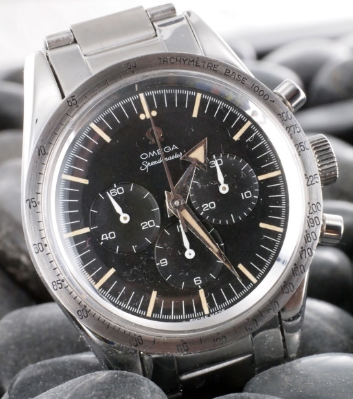
The watch was powered by a manual caliber marked “321”, which was created in collaboration between Omega and Lemania back in 1942. Although it was a relatively simple movement, it is currently regarded as one of the best. And most reliable chronographs ever made. On the one hand, it is still in production with only minor changes. But it has also become the basis of the movements of such watchmaking companies as Vacheron-Constantin or Breguet.
First journey into space
The first step towards traditional design was the CK2998 model, which was introduced in 1959. At first glance, the obvious changes are the black aluminum tachymeter bezel for improved readability. Different hands and a slightly larger case (40mm versus 39mm).
It is quite possible that the CK2998 would have fallen into oblivion. And become a mere transitional model to other Speedmasters. One of the NASA astronauts – Wally Schirra, who took his Omega fake into space during the Mercury 8 flight in October 1962. Unwittingly ensured that this was not the case. However, because NASA wanted to avoid any possibility of problems caused by the astronauts’ own watches. It set strict requirements for official timepieces used for space missions. The following paragraph discusses the only fake watches that passed the tests.
NASA TEST
For the purposes of space missions, NASA procured several chronographs from 4 companies: Hamilton, Rolex, Longines and Omega. The young engineer J.H. was in charge of testing. Ragan, who presented NASA’s intentions to the American representative of the individual brands from which he received the watch. The interesting thing is that they may not have had any idea about the ongoing tests (and in the case of Omega they didn’t even have) in Switzerland.
As Hamilton supplied pocket fake watches instead of wristwatches. Only watches from the remaining brands made it to the actual tests. These watches then underwent perhaps the toughest tests in the history of watchmaking.The Qualification Test Procedures – which consisted of the following 11 parts:
- High temperature: 48 h at 71 °C followed by 30 min. at a temperature of 93 °C.
- Low temperature: 4 h at -18 °C.
3.Temperature and pressure changes: 15 cycles where the watch was first heated for 45 min. to 71 °C and then cooled for another 45 min. at -18 °C at a pressure of 10-6 atm. - Relative humidity: 240 h in the temperature range of 20 °C-71 °C and 95% humidity.
- Oxygen atmosphere: 48 h in 100% oxygen at a pressure of 0.35 atm.
6.Shocks: 6 shocks of 40 G in 6 different directions, each lasting 11 milliseconds. - Acceleration: from 1 G to 7.25 G in 333 seconds – along an axis parallel to the axis of the ship
- Decompression: 90 min in a vacuum at a pressure of 10-6 atm and a temperature of 71 °C and 30 min. at a temperature of 93 °C.
- High pressure: at least 1 hour at a pressure of 1.6 atm.
- Vibration: 3 cycles of 30 min. and vibrations in the range of 5 to 2000 Hz.
- Acoustic noise: 130 db at a frequency of 40-10000 Hz for 30 min.
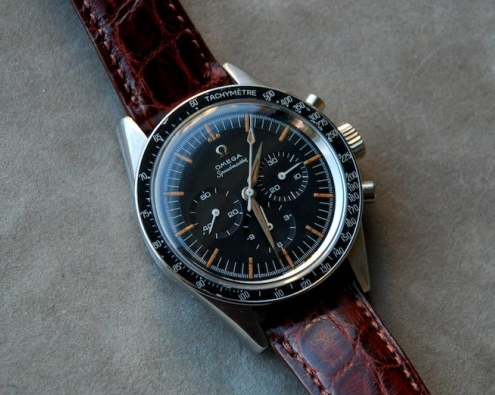
After 4 months of intensive testing, in March 1965 NASA announced that the only watch that had passed the test was the Omega Speedmaster. Omega headquarters in Switzerland did not learn of this fact until June 1965, when astronaut Ed White wore the watch during the Gemini 4 mission.
The first trip to the moon
The model that received the name of one of the most iconic fake watches in the world – the Moonwatch – marked it as ST105.012. There were several reasons why this particular model was responsible for the birth of the legend. Since these Omegas were an official part of NASA’s equipment for space flights, Neil Armstrong and Buzz Aldrin also wore them when they stood on the surface of the moon on 7/20/1969 during the Apollo XI mission. To be completely accurate, only Buzz Aldrin, who joined Neil Armstrong 19 minutes after landing, had the watch on. Armstrong’s Omegas remained aboard the lunar module as a backup to the electronic timing system. In honor of this event, all Moonwatches have “The first watch worn on the moon” engraved in the case.
Outside of traveling to the moon, the ST105.012 is appreciated primarily for its design changes. At first glance, they are basically indistinguishable from modern models. The classic, legible white hands inherited from the previous ST105.003, as well as the new asymmetric case shape with protective crown and chronograph pushers, are also decorative elements of the current model in the Speedmaster Professional range. The new, larger case (42mm) also brings internal structural changes, resulting in higher water resistance.
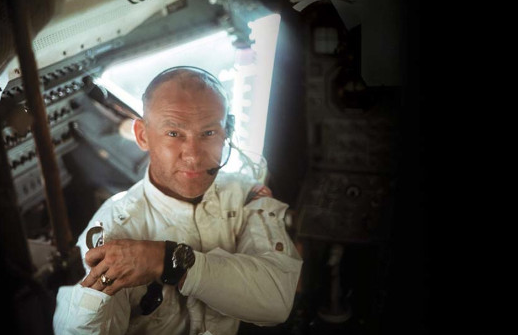
The ST105.012 thus became a kind of transitional link in the evolution of the Speedmaster series, bringing a design that lasted for decades. Omega later replaced it with a model number marked 145.012. But the changes were only cosmetic (different lid and buttons).
The last step to the present
In 1968, Omega decided to come up with the updated caliber 321, which bore the designation 861. The main reason for this change was primarily the reduction of production costs, but also higher accuracy, as the frequency of the movement increased from 18,000 vibrations per hour to 21,600. aaa replica watches
The model with the new movement bore the designation 145.022. In terms of execution and design, this model was practically identical to the 145.012 model – the plastic Ω logo on the dial replaced the printed logo. Therefore, the most notable difference is still the new movement, which Omega did not make a surface treatment change until 1993, and the new movement produced has been produced in the same form. Since 1996, the parts of the movement Omega have covered it with rhodium and changed the markings to calibre 1861.
The Omega Speedmaster is one of the biggest icons of the contemporary watch industry. During the lengthy production process, Omega created a number of limited editions – mostly to commemorate the anniversary of one of NASA’s space programs.
